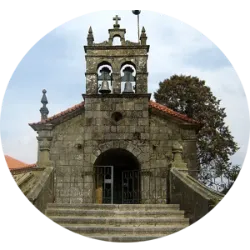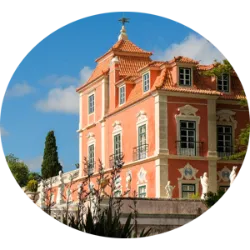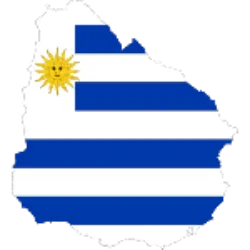How Vila Nova de Paiva Came About
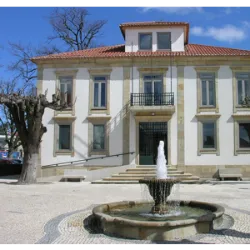
The municipality of Vila Nova de Paiva, located in the district of Viseu, has a rich historical tapestry that dates back to prehistoric times. Archaeological remains found in the region reveal that the territory was already inhabited by very ancient communities, which proves its long human occupation.
The current name is the result of the union of two symbolic elements: “Vila Nova”, which reflects the spirit of renewal and progress of the locality, and “Paiva”, a reference to the emblematic Paiva River, which winds through valleys and mountains, bringing not only natural beauty but also historical and ecological importance to the region.
Originally known simply as Vila Nova, the town adopted the name of the river as a complement, consolidating itself as Vila Nova de Paiva. The Paiva River, with its crystal-clear waters and stunning landscapes, is one of the greatest natural symbols of the area and continues to be a source of life, leisure and identity for its inhabitants.
A Natural Paradise
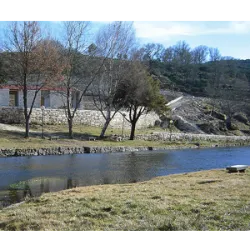
Located in the heart of the Viseu district, the municipality of Vila Nova de Paiva stands out for its surrounding mountainous landscape and the iconic Paiva River, which majestically cuts through the region. With crystal-clear waters and banks adorned with native vegetation, the river has become one of the greatest natural attractions in the area.
In addition to being a visual spectacle, the Paiva River is also the scene of adventure sports, such as canoeing, rafting and hiking on challenging trails. This natural paradise attracts visitors from all over the country seeking pure nature and outdoor excitement.
One of the municipality's greatest highlights is the famous Rota do Paiva, a hiking trail of unparalleled beauty, with trails that wind through hills, cross suspension bridges and pass by waterfalls and impressive rock formations. The route invites visitors to explore the rich local biodiversity, allowing visitors to come into direct contact with the region's fauna and flora.
Test yourself with one of these challenges 👇
Discover some interesting facts about vila nova de paiva
Historical Heritage
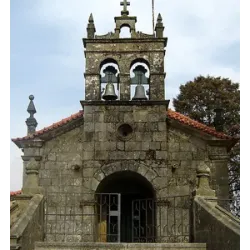
The municipality of Vila Nova de Paiva, in the district of Viseu, is a true historical treasure trove, where the past is preserved in stone and tradition. Among churches, chapels, manor houses and archaeological sites, the region reveals the richness of a long and continuous human occupation dating back to prehistoric times.
The imposing Igreja Matriz de Vila Nova de Paiva is one of the municipality's most emblematic landmarks. With its robust architecture and unique artistic details, this religious temple is a symbol of spirituality and local cultural heritage. Scattered throughout the municipality are ancient chapels, water mills and noble houses, which tell the story of centuries of community life and rural life.
In addition to its built heritage, Vila Nova de Paiva holds more ancient secrets in its natural landscapes. Caves and rock shelters bear witness to human presence since the Neolithic era, with traces of primitive occupations at various points in the region.
Among the archaeological highlights, the Castro de São João is of particular importance. Situated on a strategic elevation, this site presents ruins of ancient Roman dwellings and military structures, revealing the influence of this empire in the area.
Living Nature and Tradition
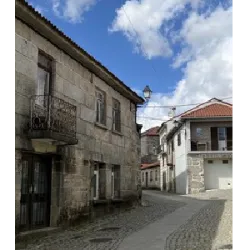
With a landscape shaped by natural diversity and an authentic rural legacy, the municipality of Vila Nova de Paiva, in Viseu, is a true refuge for lovers of nature and Portuguese traditions. The region is distinguished by its rich and varied vegetation, including vast pine forests, as well as forests of oak and chestnut trees, which provide shade, colour and biodiversity throughout the year.
The typically Mediterranean climate, with hot, dry summers and cold winters, favours a wide variety of species of flora and fauna. This ecological wealth makes the municipality ideal for outdoor activities, such as hiking, birdwatching or simply admiring landscapes of rare beauty.
Nature coexists in harmony with human heritage in the various picturesque villages scattered throughout the territory. In these small rural settlements, traditional stone architecture, dirt paths and everyday habits keep the essence of the heart of Portugal alive. These are places where time seems to slow down, providing visitors with an authentic experience of contact with the land and the people.
Tradition and Faith: Vila Nova de Paiva
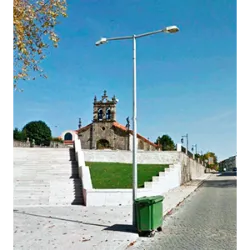
In Vila Nova de Paiva, tradition is more than just a legacy — it is life in motion. The municipality, in the heart of the Viseu district, keeps the flame of its cultural and religious traditions alive, which continue to unite the community and attract visitors from various regions.
Among the most notable celebrations is the Feast in honour of Our Lady of Good Death, a pilgrimage deeply rooted in popular faith. Held annually, this festival is a moment of great emotion, with processions, solemn masses and expressions of devotion, bringing together hundreds of faithful in an atmosphere of spirituality and communion.
Another celebration of great importance is the Feast of Saint Sebastian, the patron saint venerated by the local population. This event combines religiousness with the joy of popular traditions, with highlights including live music, traditional dances and regional cuisine, in a festive atmosphere that values the municipality's cultural identity.
These festivities are not only moments of faith, but also of reaffirmation of local culture, where younger generations interact with ancient customs, strengthening community ties.
Gold on the Banks of the Paiva:
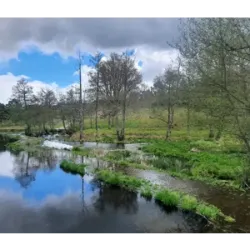
Between the 18th and 19th centuries, the peaceful region of Vila Nova de Paiva, now known for its natural beauty and cultural traditions, was the scene of an activity that fueled dreams of wealth: gold mining. At that time, the municipality gained notoriety for the presence of the precious metal, especially on the banks of the Paiva River, whose fame spanned generations.
Although gold mining was discontinued long ago, it is still possible to find traces of this practice in the local landscape, with old excavations and rudimentary structures that tell the story of a time when the soil was scoured in search of fortune.
The memory of that era remains alive in the popular imagination. The inhabitants of Vila Nova de Paiva share, with a touch of humor and nostalgia, the stories of the “gold hunters”, who believed that the Paiva River hid true riches in its clear waters. Many tried their luck, few found anything valuable, but all contributed to creating one of the most curious episodes in local history.
Feast of Our Lady of Corredoura
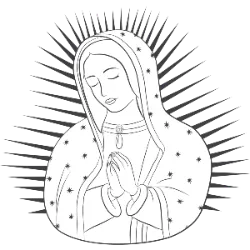
Vila Nova de Paiva prepares itself every year in August to host one of the most important religious and cultural events in the municipality: the Feast of Our Lady of Corredoura. The patron saint of the parish, Our Lady of Corredoura has been venerated for generations and is considered a symbol of protection and faith by the local inhabitants.
The origin of the festival dates back to ancient times, when, according to popular tradition, the image of the saint was found on a path (or ridge) by shepherds in the region. Considered a divine sign, the image was taken to the local church, where it became the object of great devotion. From then on, the community began to organize celebrations in her honor, asking for protection for the crops and health for their families.
Today, the festival brings together thousands of faithful, with processions, solemn masses, philharmonic bands, folklore and other moments of conviviality. More than a religious event, the celebration is an expression of the cultural and historical identity of Vila Nova de Paiva, strengthening ties between generations and keeping alive a devotion that spans centuries.
Test yourself with one of these challenges 👇
HOME
